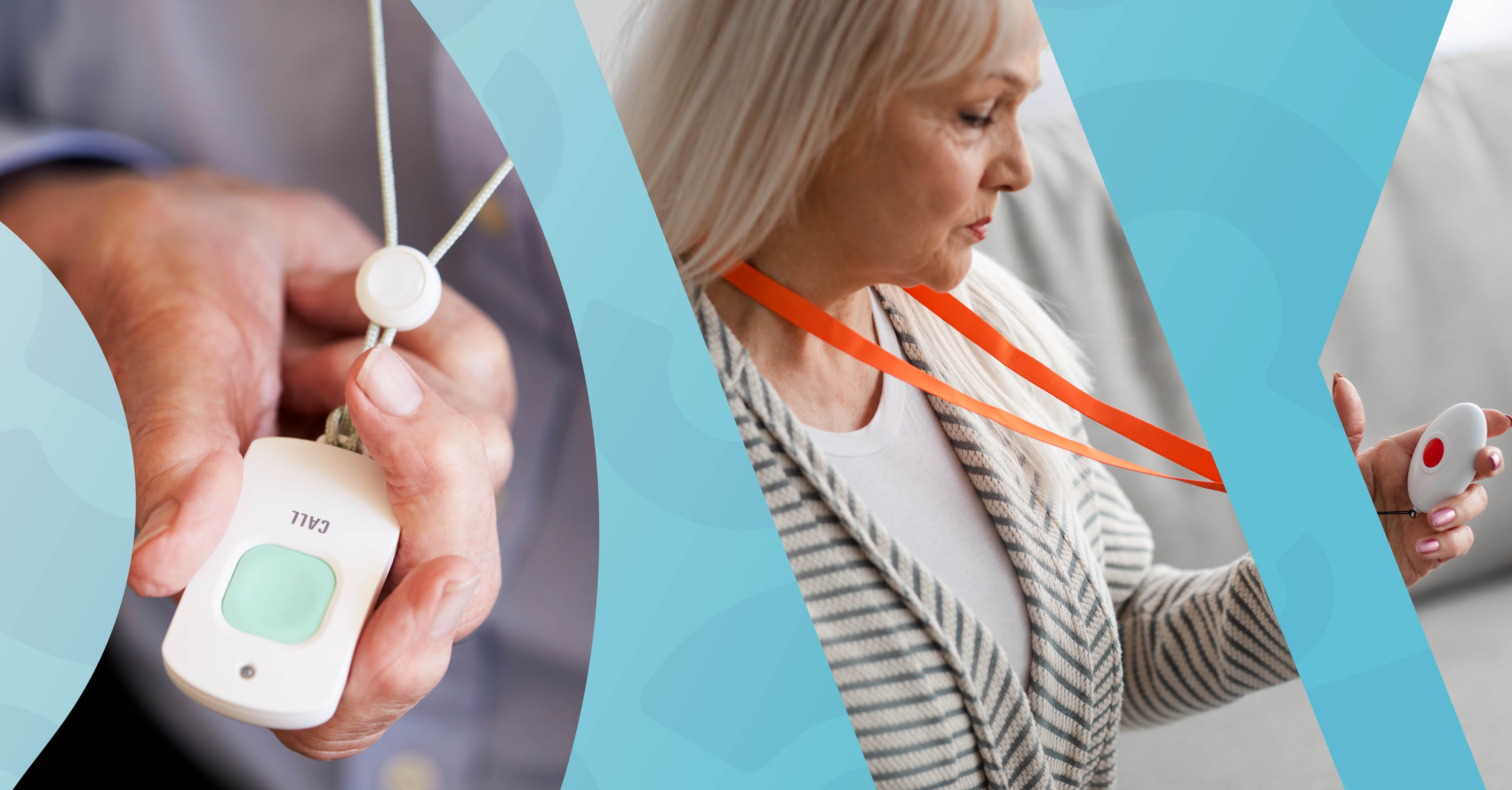Technology continues to redefine the way we work and live, the safety and well-being of lone workers has become paramount. As the gig economy expands and industries evolve, the number of individuals working in isolation is on the rise. To address the unique challenges faced by lone workers, the integration of Internet of Things (IoT) safety devices is emerging as a game-changer. According to Berg Insight, the number of lone workers utilising connected safety solutions in Europe and North America is projected to reach an impressive 2.3 million by 2027.
The Lone Worker Challenge:
Lone workers, including those in industries such as construction, utilities, healthcare, and transportation, often face heightened risks due to their isolated working environments. Accidents, injuries, or emergencies can occur without immediate assistance, making it crucial to implement innovative solutions that enhance their safety and provide rapid response mechanisms.
Enter IoT Safety Devices:
The integration of IoT into safety solutions has paved the way for advanced and real-time monitoring of lone workers. These devices leverage a combination of sensors, communication technologies, and data analytics to create a comprehensive safety net for individuals operating in solitary conditions.
Key Features of IoT Lone Worker Safety Devices:
GPS Tracking:
IoT devices equipped with GPS technology allow employers to track the location of lone workers in real-time. This feature not only ensures that workers are where they should be but also enables quick response in case of emergencies.
Biometric Sensors:
Biometric sensors, such as heart rate monitors and motion detectors, can provide valuable insights into a worker's well-being. Abnormalities or sudden changes in these parameters can trigger alerts, enabling proactive intervention.
Two-Way Communication:
Instant communication is essential for lone workers. IoT devices often include two-way communication capabilities, allowing workers to communicate with supervisors or emergency services instantly, even in areas with poor cellular coverage.
Fall Detection:
In hazardous environments, the risk of falls is significant. IoT safety devices with fall detection technology can automatically send alerts when a fall is detected, ensuring prompt assistance.
Panic Buttons:
An easily accessible panic button on the IoT device allows workers to quickly signal for help in emergencies. This simple yet effective feature can be a lifeline in critical situations.
Integration with Monitoring Platforms
Many IoT safety devices integrate with centralised monitoring platforms, enabling supervisors to oversee multiple lone workers simultaneously. This centralised approach enhances efficiency in managing and responding to emergencies.
The Future of Lone Worker Safety
As the number of lone workers continues to rise, the adoption of IoT safety devices is expected to play a crucial role in shaping the future of workplace safety. The forecasted growth to 2.3 million users in Europe and North America by 2027, as predicted by Berg Insight, highlights the increasing recognition of the importance of these advanced safety solutions.
In a world where connectivity and technology are at the forefront of innovation, the integration of IoT into lone worker safety devices marks a significant step towards ensuring the well-being of those who operate in isolation. The future holds promise as these solutions evolve, providing an even greater level of protection and support for the growing number of lone workers across various industries.
READ MORE
DISCOVER MORE NEWS AND DEVELOPMENTS IN IOT & GLOBAL CONNECTIVITY




.jpg)